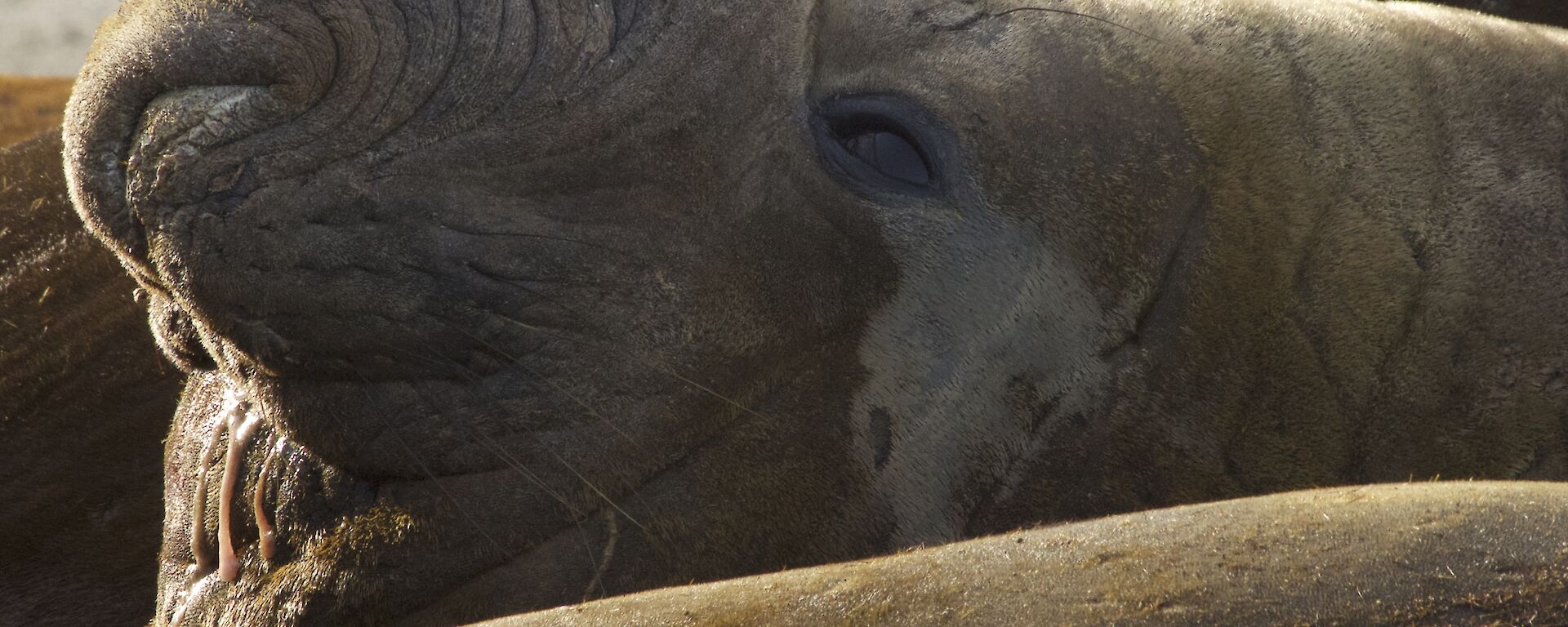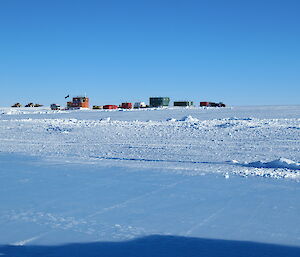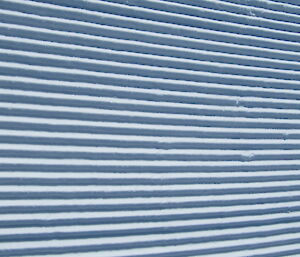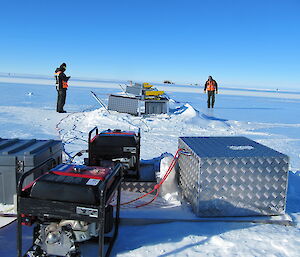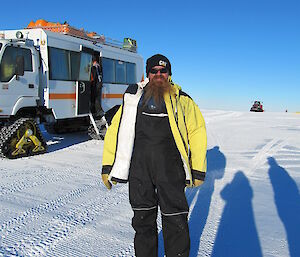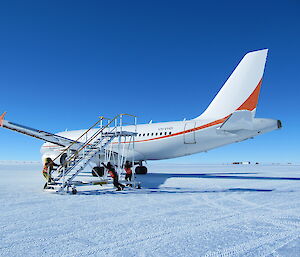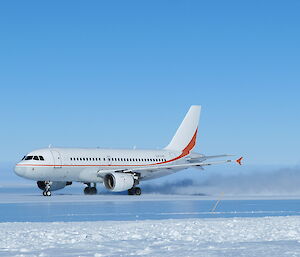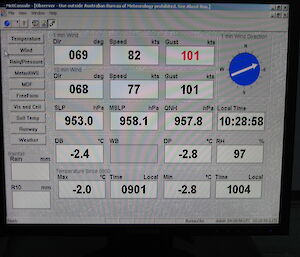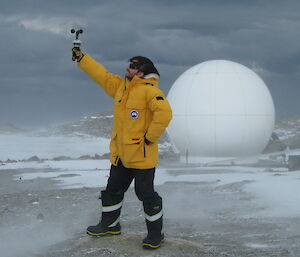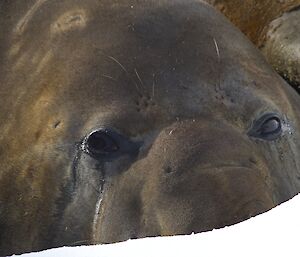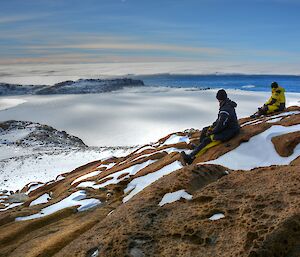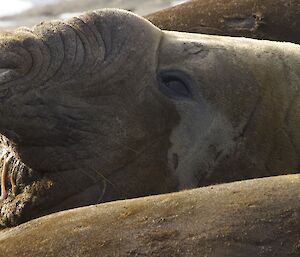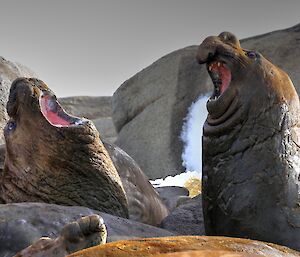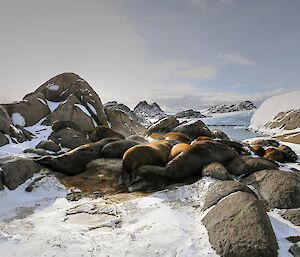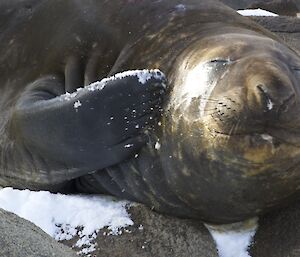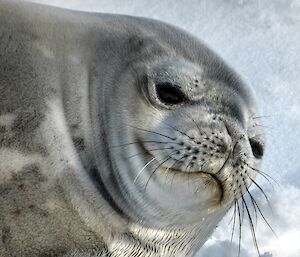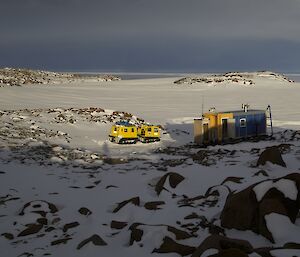Last Wednesday marked the final flight of the A319 for this season (Hobart — East Antarctica — Hobart FA10A&10B).
With unsuitable conditions leading up to the flight it came down to a busy time for the Wilkins team the night before the flight was due. The runway needed to be groomed to cover up the bare blue ice that had appeared as a result of the persistent strong winds in this part of the world.
As the day dawned the final preparation were made and the Wilkins boys enjoyed the last of Kim’s great cooking. While we ate Kim took out pastries from the oven and put the finishing touches to a delicious carrot cake specially made for the summer crowd that were slowly making their way over the 70 kms of ice between Casey and Wilkins — an early start for them leaving at 0300 (just after the departure of the plane from Hobart)
The crisp minus 17°C temperatures at Wilkins heightened the wintery Antarctic feel that they would all be missing soon enough and reminded those of us that would be staying for the winter of its approach. With the runway and lights checked and ticked off all systems were deemed go by Jeff the Aerodrome Manager.
The plane approached and made a stunning flawless landing on the freshly prepared surface. Only one last minute arrival, Kevin our Met Tech for the winter made his way towards the waiting vehicles. The departing summer crowd like a mass of yellow and black wasps made their way to the plane and it was with mixed emotions that we farewelled them — our friends and work colleagues of many months. Most eager to see their families and loved ones, but loath to leave this fantastic place.
The doors were shut, the steps pulled away and immediately the sleek plane started to move, engines shifting gear to a higher pitch as she headed to the runway to take off into the wind with the sun shining starkly on the vivid white surface of this small section of the East Antarctic ice sheet.
Safe travels and see you in the Spring!

